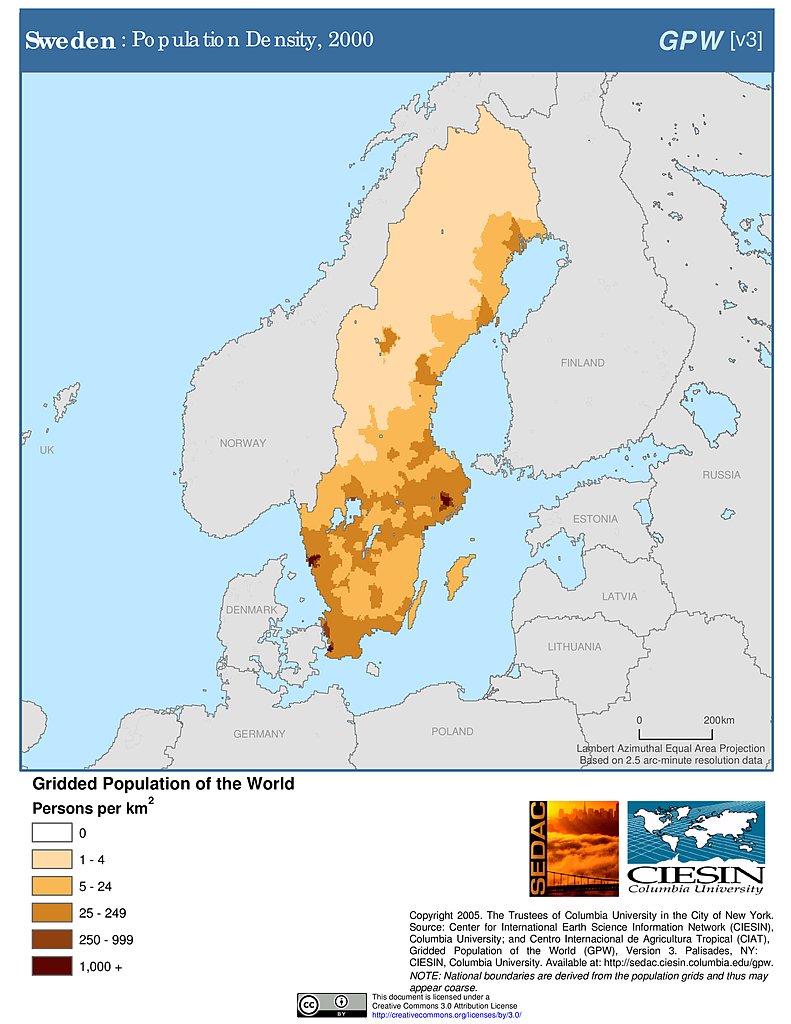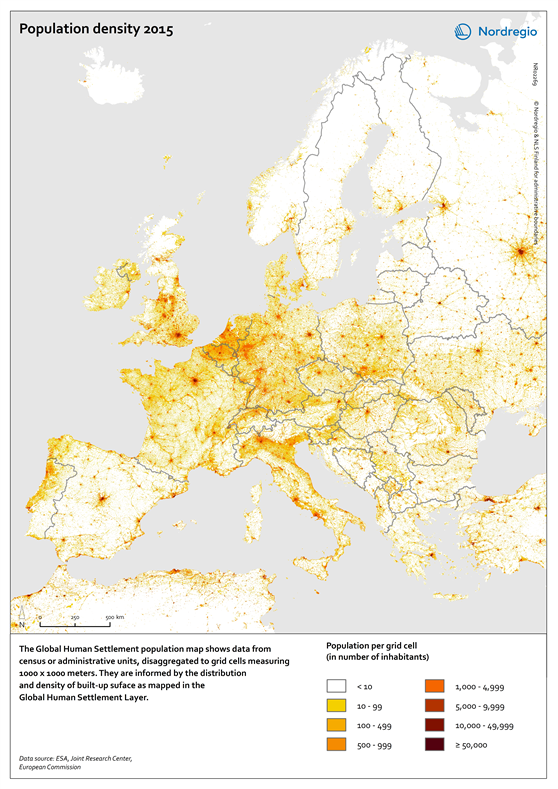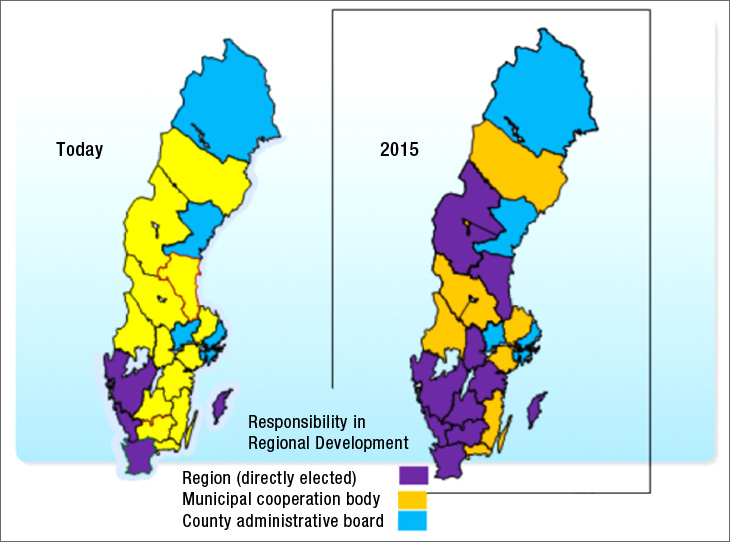

Models for simulating the airborne spread of FMD have been developed in England, Denmark, France, and Spain. Therefore, the major determinants of the quantity of airborne virus emitted from an infected holding and the distance downwind that animals will potentially be at risk are the species affected on the source holding, the number of animals affected, the strain of virus, the weather, and the topography. It was shown that pigs emit significantly larger amounts of airborne FMDV than cattle and sheep and that the amounts of virus emitted by cattle and sheep are comparable, while the strain of virus markedly influences the amount of airborne virus emitted.

Meteorological evidence for this and earlier epidemics in Great Britain was analysed (1), followed by further research and animal trials (2). An outstanding feature, in October 1967, was the spread of the disease in a downwind direction into Cheshire from the primary outbreak near Oswestry. , an extremely highly infectious RNA _Aphthovirus_, member of the Picornaviridae family, the airborne spread of was investigated during the 1967/1968 FMD epizootic in the UK. The results may serve as basic data in the planning of the national preparedness for this type of event. The distribution of the basic reproduction number spans over several orders of magnitudes with low risk of disease spread from the majority of the farms while some farms may act as very strong disease transmitters. It was concluded that some parts of southern Sweden are indeed preconditioned to harbor an airborne epizootic, while the sparse farm population of the north renders such events unlikely to occur there. These species are all included in this study using their individual responses and consequences to the disease. Three species of farm animals are susceptible to the disease and are present in large numbers: cattle, pigs, and sheep.

The study was based on comprehensive official data sets for both the current livestock holdings and regional meteorological conditions. The model was applied to the Swedish livestock industry, and the risk for an epizootic outbreak in Sweden was estimated using the basic reproduction number of each individual livestock-holding farm as the endpoint metric. Local spread within an infected farm is described by a stochastic compartment model, while the spread between farms is quantified by atmospheric dispersion simulations using a network representation of the set of farms. One such route is airborne transmission, which has been investigated in this study by means of a detailed multilevel model that includes all scales of an outbreak. The disease is highly contagious, and previous epizootics have shown that it spreads by many routes. The foot and mouth disease is an ever-present hazard to the livestock industry due to the huge economic consequences following an outbreak that necessitates culling of possibly infected animals in vast numbers. Multilevel model for airborne transmission of foot-and-mouth disease applied to Swedish livestock. ProMED-mail is a program of the International Society for Infectious Diseases Ĭitation: Bjornham O, Sigg R, Burman J. Subject: PRO/AH> Foot & mouth disease - Sweden: research, airborne transmissionĪrchive Number: 20200621.7492096 FOOT & MOUTH DISEASE - SWEDEN: RESEARCH, AIRBORNE TRANSMISSION


 0 kommentar(er)
0 kommentar(er)
